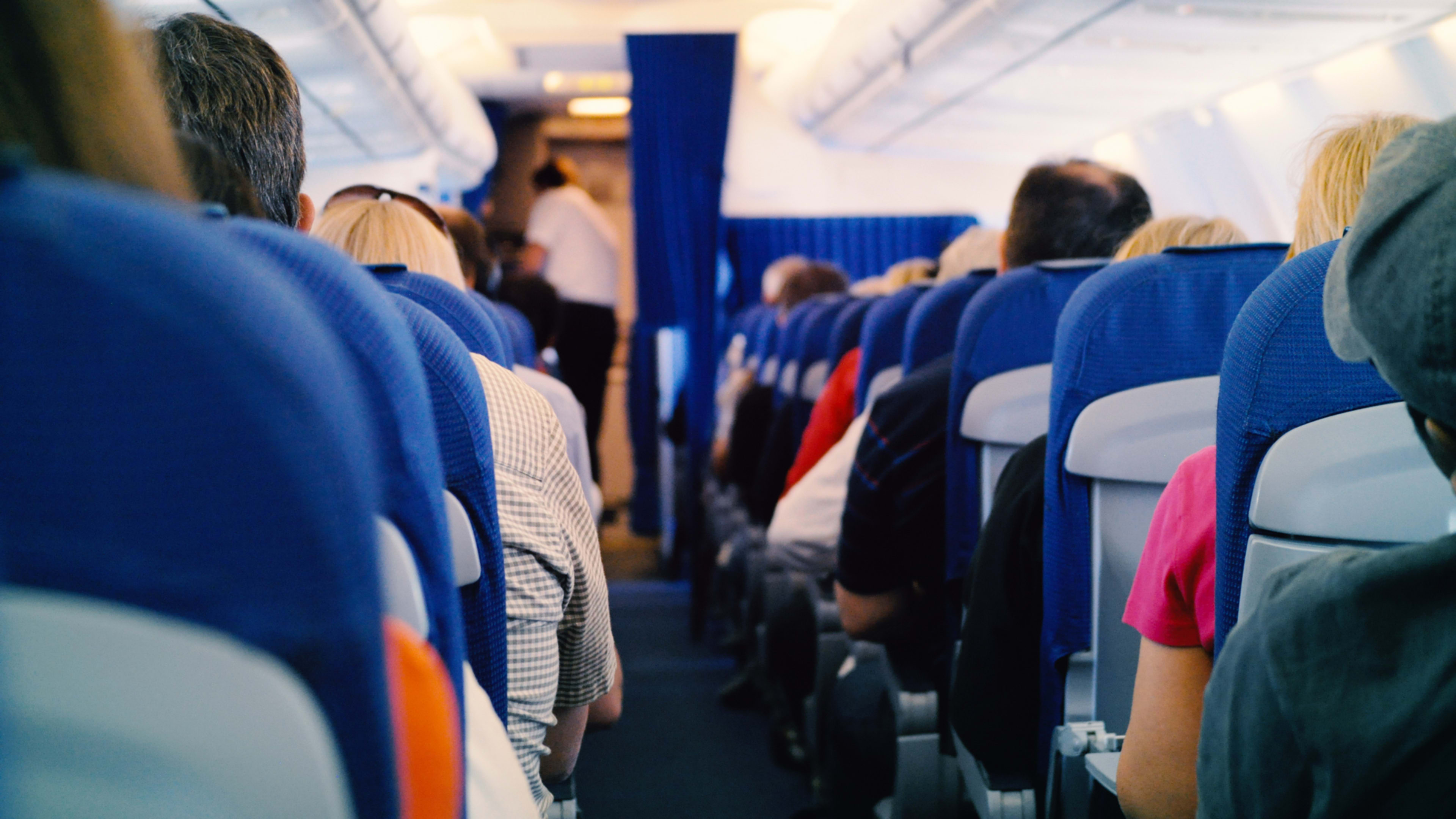Air travel has been one of the hardest-hit industries since the COVID-19 pandemic broke out in force earlier this year. Understandably, not many people feel safe riding in a sealed tube for hours on end with other passengers who can spread a respiratory disease via invisible airborne particles.
The good news is, airlines have taken the pandemic seriously. Virtually all now require passengers to wear masks for the entire flight—and they have no problem booting someone who is unwilling to comply from the flight. But there’s more good news, too: Your chances of catching COVID-19 on an airplane might be lower than you realize.
That’s according to a study by Arnold Barnett, a professor of statistics at the Massachusetts Institute of Technology’s Sloan School of Management. As CNN reports, he looked at other studies reporting the documented cases of in-flight SARS-CoV-2 transmission, the virus that causes COVID-19, and found that the odds of becoming infected on a short-haul flight are relatively low—assuming everyone on the flight is wearing a mask, that is.
Barnett found that on a completely full, short-haul, two-hour flight in the U.S., with three seats in a row on each side of the aisle, the chances of you catching SARS-CoV-2 are only 1 in 4,300. And it gets better. If the flight isn’t completely full and the middle seats in each row are left empty, the chances of catching SARS-CoV-2 drop to only 1 in 7,700. As Barnett told CNN:
Most things are more dangerous now than they were before COVID, and aviation is no exception to that. But three things have to go wrong for you to get infected (on a flight). There has to be a COVID-19 patient on board and they have to be contagious. If there is such a person on your flight, assuming they are wearing a mask, it has to fail to prevent the transmission. They also have to be close enough that there’s a danger you could suffer from the transmission.
So, why do planes appear to be safer than so-called “death ships,” that is, cruise ships where people have a lot more space apart? As CNN points out, one explanation for the low risk of in-flight transmission “is that the air in modern aircraft cabins is replaced with new fresh air every two to three minutes, and most planes are fitted with air filters designed to trap 99.99% of particles.”
But don’t get too cocky yet. If you now do feel more comfortable taking a flight, make sure you mask up and that the mask stays firmly affixed over your nose and mouth the entire flight (including at the airport).
Recognize your brand’s excellence by applying to this year’s Brands That Matter Awards before the early-rate deadline, May 3.
